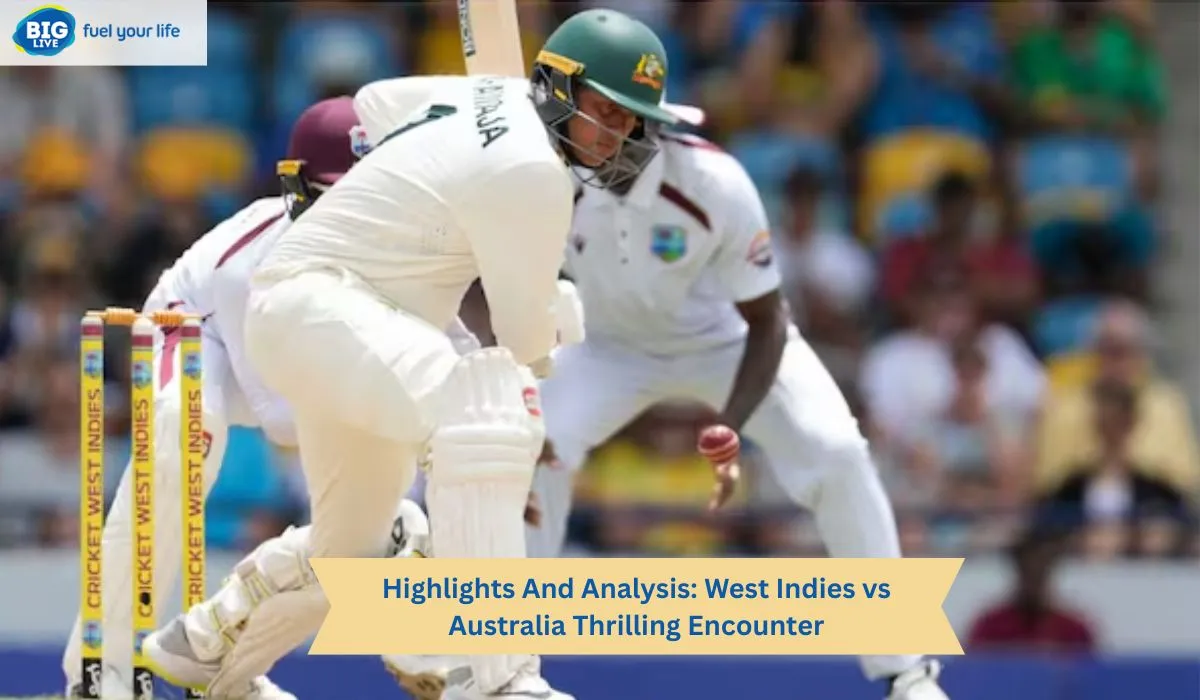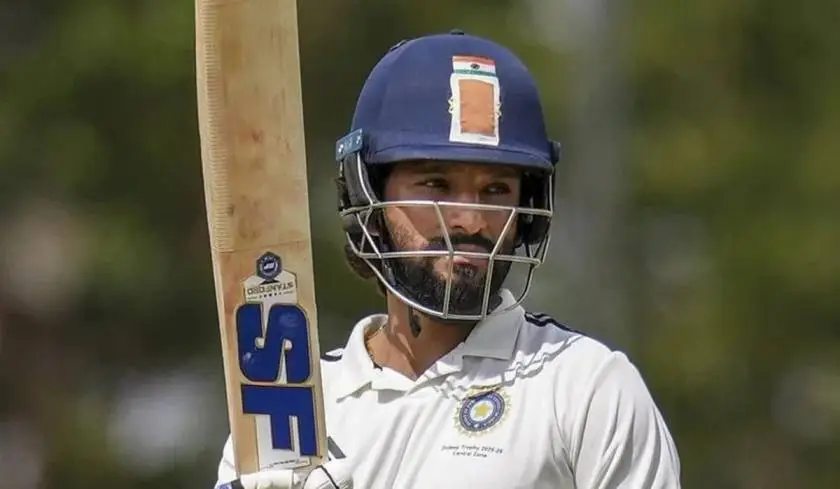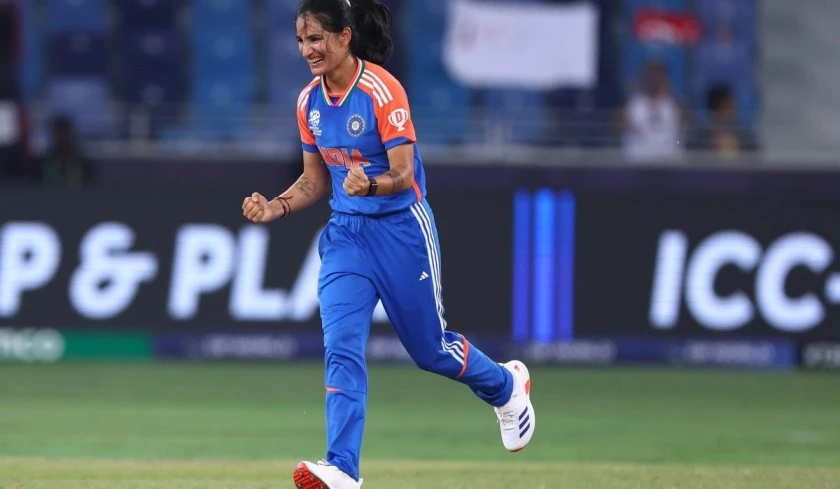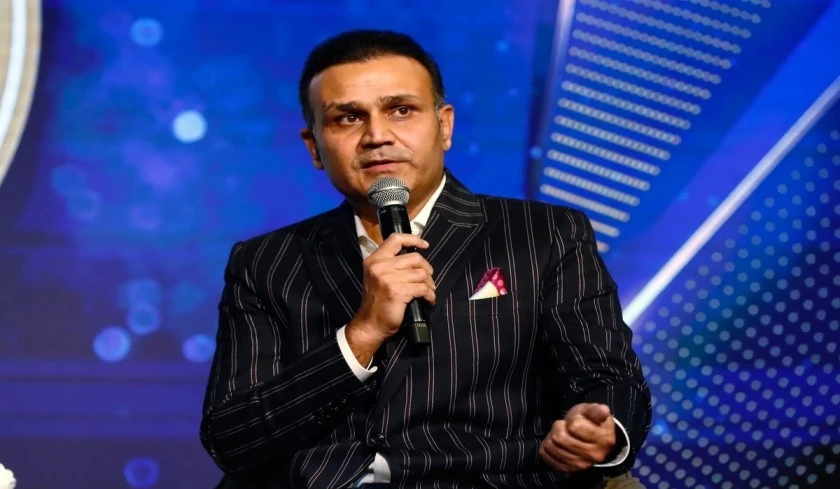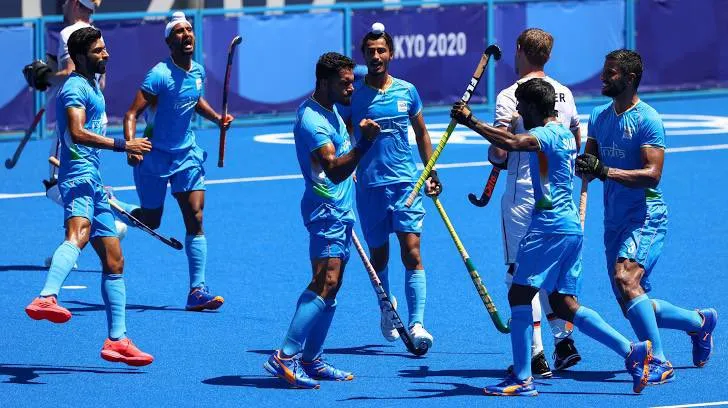There's something about cricket when Australia and the West Indies lock horns. It’s not just a contest of bat and ball — it’s a throwback to history, a tale of roaring fast bowlers, battling batsmen, and pride worn on sleeves. This current series brings those vibes back in a strange way. The Australians, methodical as ever, came in with a side that blends experience and experimentation. The West Indies? A team that’s often unpredictable but never lacking spirit. When these two sides take the field, no one leaves early — the cricket is gripping, however it unfolds. The series, being played across formats, has brought back intensity in a cricketing rivalry that once ruled headlines. With games shifting between flashy T20s and strategic ODIs, each match has offered moments of drama. lovers from Barbados to Brisbane have tuned in not simply to look at rankings tick up however to witness testimonies — collapses, counterattacks, surprises, and near-miracles. This isn’t pretty much rankings anymore; it’s about rhythm, recognition, and redemption. And in among, there is that wild feeling that anything could take place.
Read Also: Hockey Dreams: Kerala’s Rural Girls Aim for National Glory
Australia’s Game Plan
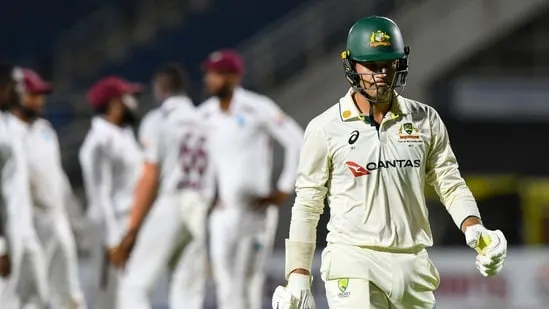
Australia, as expected, played it by the book — at least to begin with. They brought in seasoned names like David Warner and Steve Smith, and mixed them with energetic talents like Josh Inglis and Cameron Green. Their pace attack, led by Mitchell Starc and Pat Cummins, did not waste much time in hitting those hard lengths that disturb even set batsmen. But beyond the tactics and graphs, it’s how they adapted on the fly that stood out. In slower pitches, they didn’t force pace — they waited, tossed in cutters, and let the West Indies batsmen make the first move. Their batting, too, showed muscle and maturity. Smith, after a lukewarm stretch, found rhythm in awkward bouncers and smart gaps. Warner, possibly nearing the end of his white-ball chapter, batted like he had something to prove. The middle order, although shaky in places, found runs through steady hands like Labuschagne. Not every innings was dazzling, but every partnership added weight. The Australians didn’t need fireworks — they had chess-like discipline, and in many ways, that gave them control over the West Indian storm.
West Indies:
Then there's West Indies — always a curious watch. They don’t follow scripts, and that’s what makes them dangerously fun. In this series, their batting blew hot and cold. At times, it seemed like they were chasing shadows, and at others, they chased 300+ totals like they were on autopilot. Shai Hope and Nicholas Pooran emerged as their run-machines, while Rovman Powell and Shimron Hetmyer chipped in with flashes of brilliance. But the problem wasn't talent — it was cohesion. They’d lose 3 wickets for nothing and then score 100 in the next ten overs. Consistency? Still a work in progress. At the bowling side, Alzarri Joseph bowled with aggression, mixing soar with swing. Akeal Hosein, with his slow left-arm spin, the Aussies on turning tracks. however one couldn’t ignore the occasional lapses — missed run-outs, dropped catches, and people one terrible overs that ruined in any other case strong spells. And but, via all that, the West Indies showed coronary heart. They didn't roll over. Even in games they lost, they fought till the 48th over. The fire is there — now it's about keeping it lit for longer.
Moments That Stole the Spotlight
Cricket, in its rawest moments, gives scenes that outlast the result — and this series had plenty. A diving one-handed grab by Glenn Maxwell in the outfield got fans out of their seats. There was that thrilling tie that could’ve gone either way if not for a mistimed heave in the final over. And how about the 90-ball 120 from Pooran in the second ODI? That knock had edge-of-the-seat drama, reverse sweeps, lofted drives, and a crowd that couldn't stop buzzing. Even off the field, moments brewed. The DRS dramas, minor standoffs between bowlers and batsmen, and the cheeky banter between commentators — all added flavor. Post-match interviews revealed more than stats — they gave fans a look into exhausted players masking smiles, coaches dodging tough questions, and captains trying to spin losses into learnings. The energy was authentic. And with the series going the distance, every game has felt like a mini-final. No team’s backing down — they’re in for the whole storm.
Read: Wankhede Stadium: Behind the Scenes of an IPL Match Day
What This Series Tells Us About Both Teams?
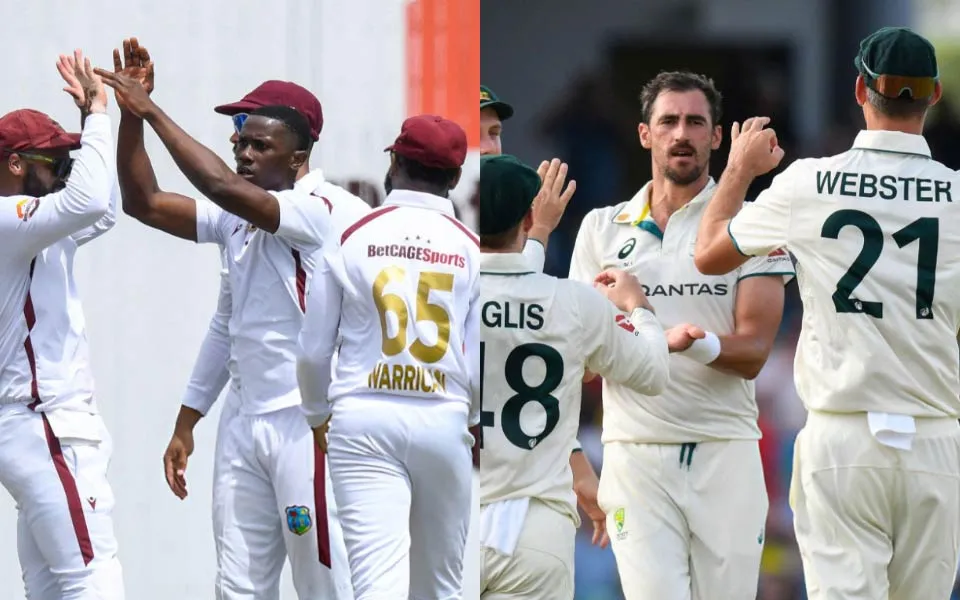
Beyond wins and losses, this series is telling a deeper story. Australia is slowly shaping its white-ball core for the next big ICC events. Players like Green, Ellis, and Philippe are being blooded with a clear strategy — learn while winning. Warner’s swansong innings are setting an emotional undertone. And the way they rotate their bowlers shows there’s a bigger plan — manage loads, peak at the right time, and avoid burnout before the World Cup circuits. For West Indies, the narrative is more complex. There’s potential, raw and untamed. They still want to restore their batting collapses and plug fielding gaps. but there’s wish. The energy is younger, and the batting is explosive when it clicks. in the event that they control to stabilize their top and middle orders, and discover consistency of their bowling plans, they can shock bigger teams on their day. This series, although it doesn’t convey them silverware, should spark that belief — that they belong, that they’re ready to climb again



